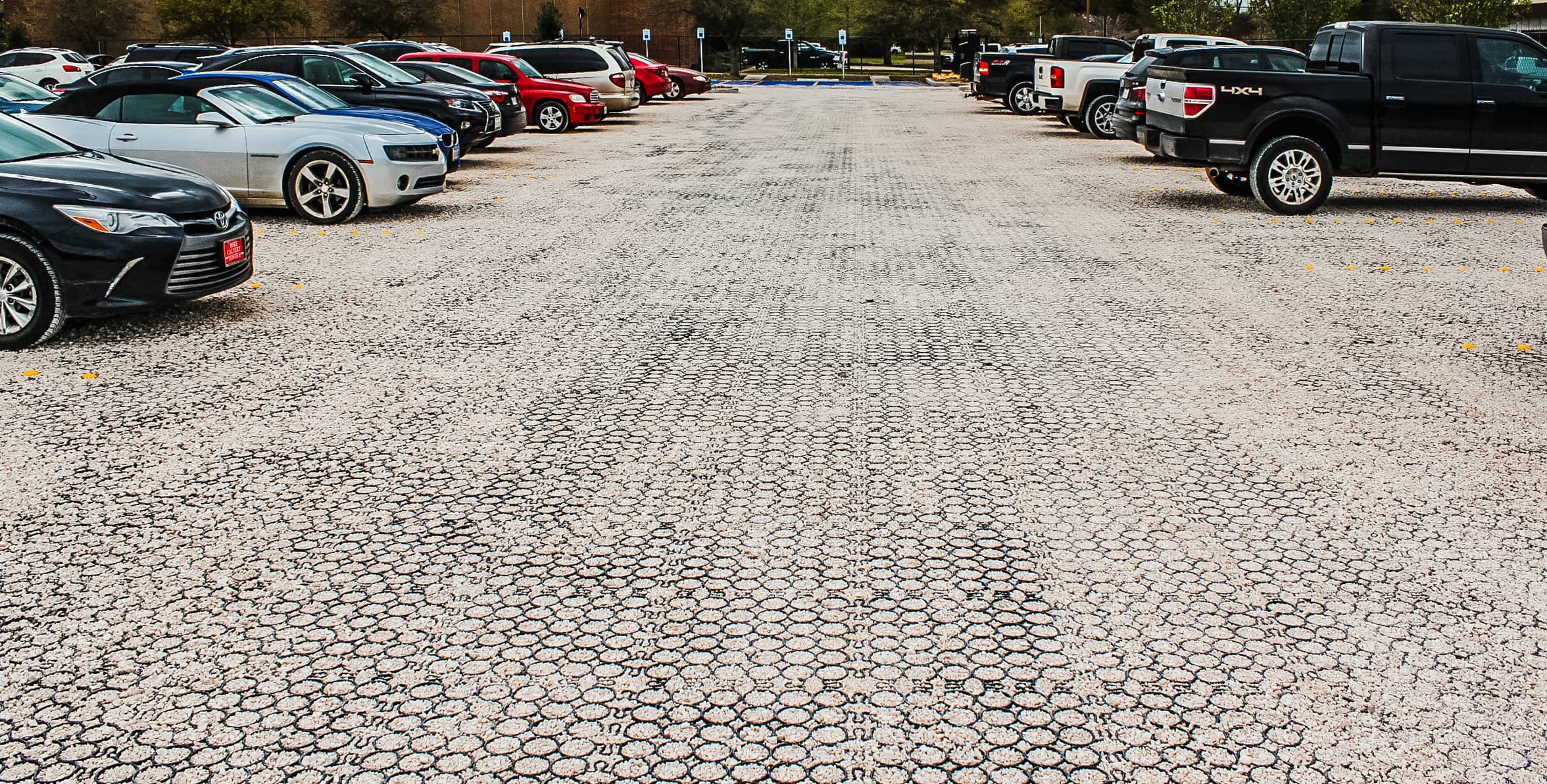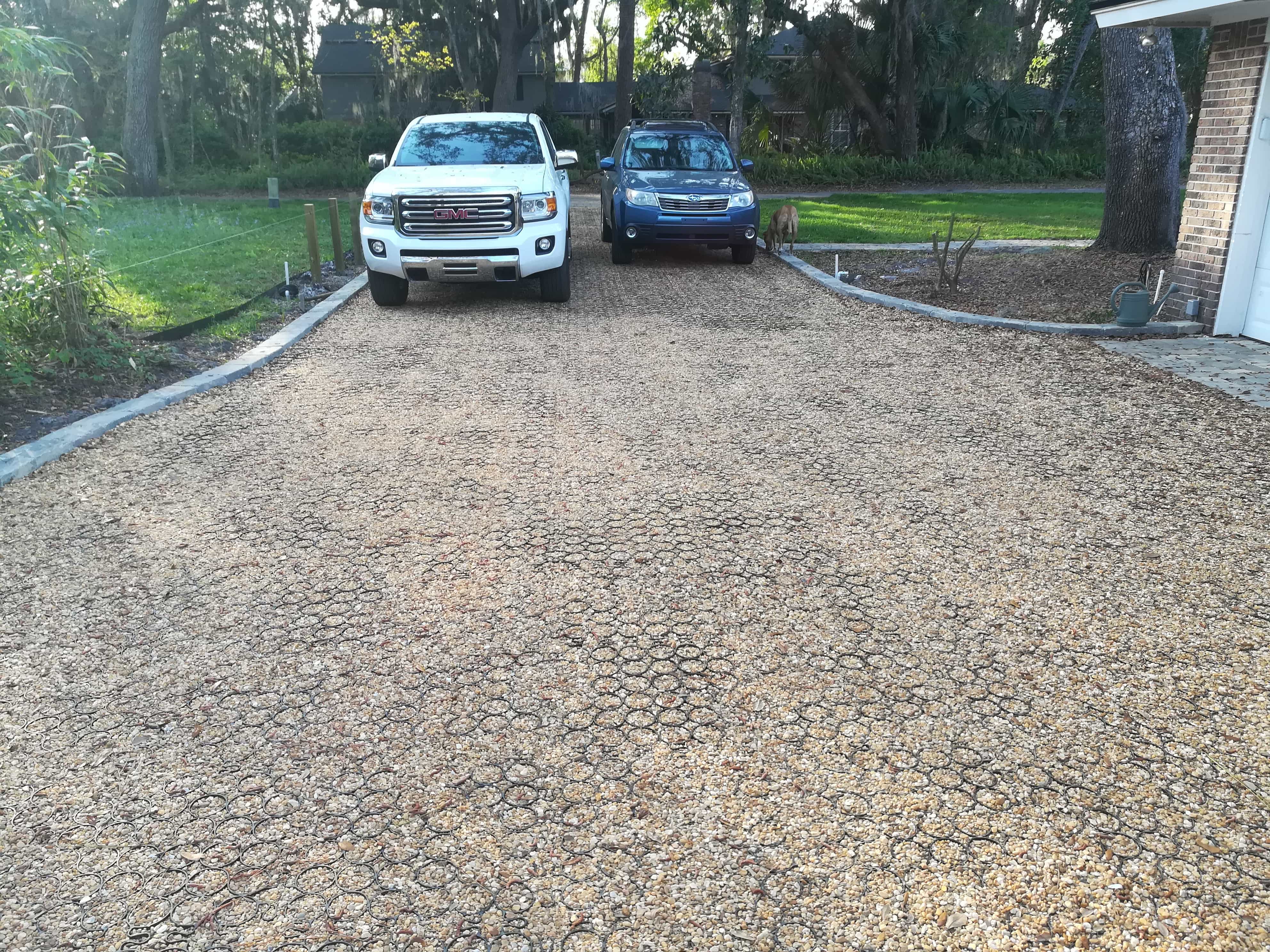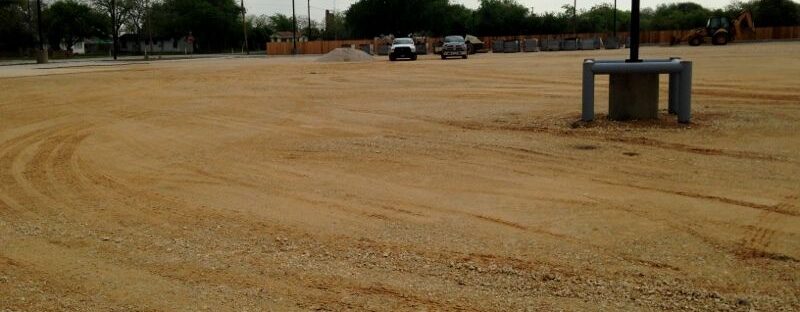Managing wastewater and stormwater efficiently is essential for urban and suburban infrastructure. Combined sewage systems (CSS) offer a unique solution by channeling both types of water into a single pipeline. While this setup is cost-effective and space-efficient, it also comes with challenges that affect its suitability for different types of areas.
In this guide, we’ll explore the combined sewage system advantages and disadvantages to decide if this approach aligns with your property’s needs. Let’s get started!
What Are Combined Sewage Systems?
Combined sewage systems integrate wastewater from homes and businesses with stormwater from streets and drains into one pipeline. Instead of maintaining separate pipelines, combined sewage systems funnel all water to a treatment facility for processing.
During normal conditions, this approach works pretty seamlessly, sending water for treatment before it’s discharged into the environment. However, heavy storms can overwhelm the system, causing untreated water to spill into natural waterways. This challenge perfectly highlights the unique balance of using a combined sewage system.
For more about stormwater systems, check out our previous article on the different types of stormwater drainage systems.
Advantages of Combined Sewage Systems

Combined sewage systems offer several practical benefits, which is why they’re a popular solution in urban areas. Here’s a closer look at why combined sewage systems might be the right choice for your property.
1. Space Efficiency in Urban Areas
One of the most notable advantages of combined sewage systems is their compact design. They require significantly less physical space compared to separate systems since they use one pipe instead of two.
This makes combined sewage systems particularly beneficial in urban areas, where space is limited, and land is often at a premium. High-density developments, older cities, and areas with existing infrastructure constraints can all benefit from the space-saving nature of a combined sewage system.
2. Cost-Effective Construction
Constructing a single pipeline instead of two separate systems significantly reduces material, labor, and overall infrastructure costs. For municipalities, this cost-saving feature allows for larger-scale projects to be undertaken with even the tightest budgets.
Developers and property owners also benefit from these reduced costs, making combined sewage systems an attractive option for both residential and commercial developments. The long-term financial savings achieved during construction alone can often outweigh the occasional challenges posed by the system itself.
3. Simplified Maintenance
Combined sewage systems are inherently easier to maintain than separate systems, as they consolidate all water flow into a single pipeline. This simplifies inspection, repair, and general upkeep. The higher velocity of water moving through combined pipelines can also create a self-cleaning effect, reducing debris buildup and lowering the frequency of maintenance needed.
4. Adaptability to Moderate Rainfall
Combined sewage systems are well-suited for areas that experience predictable, moderate rainfall. In these conditions, the system effectively handles both wastewater and stormwater without disruptions. This reliability makes them a dependable choice in regions where extreme weather events are rare.
5. Supports Combined Treatment
One of the key advantages of a combined system of sewage is its ability to send stormwater and wastewater to treatment plants together. This ensures pollutants like oils, debris, and other contaminants from urban runoff are properly processed before being released into the environment.
By addressing stormwater pollutants at the treatment stage, combined sewage systems reduce the environmental impact of urban development and promote cleaner natural waterways. It’s a win-win!
Disadvantages of Combined Sewage Systems
While combined sewage systems have clear advantages, it’s important to understand their potential downsides. Here’s a closer look at some of the disadvantages of combined sewage systems.
1. Flooding and Overflow Risk
During heavy storms, a combined pipeline may struggle to handle the sudden influx of water. This can lead to combined sewer overflows, where untreated wastewater and stormwater spill into streets, rivers, or other natural areas. These overflows can pose significant public health risks and disrupt communities, especially in densely populated areas.
2. Pollution Concerns
When combined sewer overflows occur, pollutants from both wastewater and stormwater can enter natural bodies of water, which can harm aquatic ecosystems. This pollution reduces water quality and poses risks to local wildlife and recreational areas. That can have an overreaching impact on your local food sources and the water systems that your area relies on.
3. Increased Load on Treatment Plants
Combined systems place additional strain on wastewater treatment facilities, particularly during storms. The increased water volume can overwhelm treatment plants, leading to delays or partial treatment of wastewater. This added load highlights the importance of integrating solutions that reduce inflow to the system.
Combined Sewage Systems: Are They the Right Choice for You?

Combined sewage systems are best suited for densely populated areas with limited space and moderate rainfall. Their efficiency and cost-effectiveness make them super appealing for urban developments and older cities.
However, if your property is in a region prone to heavy storms or high water loads, you might want to consider separate systems. Balancing the combined sewage system advantages and disadvantages is key to making the right choice for your needs.
How Permeable Pavers Can Help Mitigate the Challenges of Combined Sewage Systems
Permeable pavers offer a sustainable way to complement combined sewage systems. By allowing water to infiltrate the ground naturally, these pavers reduce the amount of stormwater entering the sewage system. This approach helps prevent overflows, minimizes pollution, and alleviates stress on treatment plants.
At TrueGrid, our permeable paver solutions are ideal for property owners and developers who want to enhance stormwater management while promoting sustainability. They’re the perfect partner for a combined sewage system.
Partner with TrueGrid for More Sustainable Solutions

Combined sewage systems provide efficient and cost-effective water management but come with challenges like overflow and pollution risks. By understanding the combined sewage system advantages and disadvantages, you can make informed decisions for your property.
Partner with TrueGrid and pair your combined sewage system with innovative permeable paver systems for the ultimate sustainability solution for your area. Contact us today to learn more!



